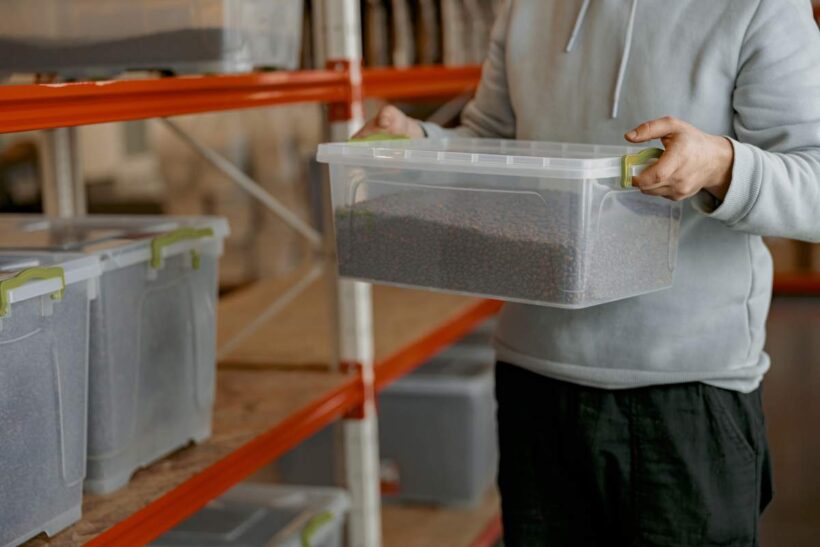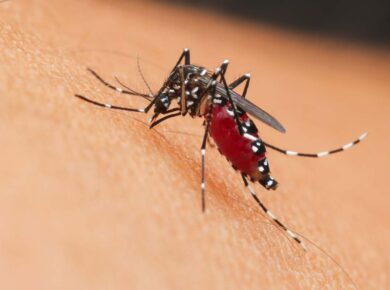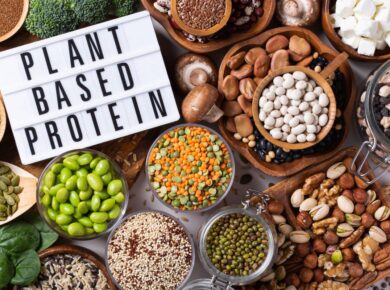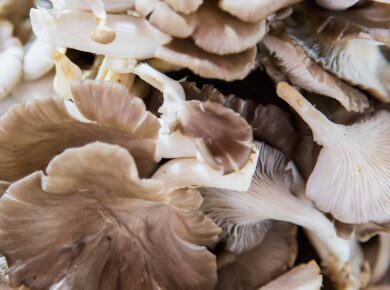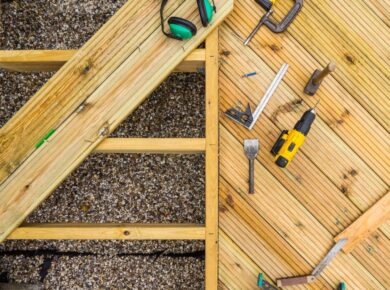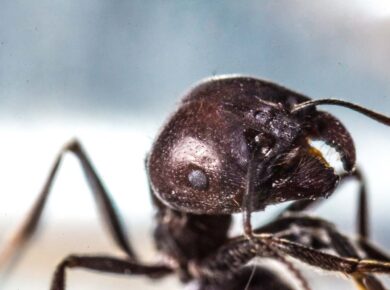Seeds are super important for a successful garden, so it’s key to know how long they can last in storage and how to spot old or spoiled seeds. Storing seeds properly can keep them viable for future planting, but there are also things to watch out for if you’re thinking about eating seeds that might be past their best.
In this article, we’ll cover effective seed storage techniques to maximize their lifespan and tips for identifying seeds that may be past their prime.
Read more:
How Long Can Seeds Last in Storage?
Storing seeds properly is crucial for a successful garden. Seeds can remain viable for varying lengths of time, depending on the type of seed and how you store them. Here’s a straightforward guide to understanding seed longevity and how to keep your seeds in top condition.
Understanding Seed Lifespan
- Types of Seeds: Different seeds have different lifespans. Generally, seeds can last from one to five years, but this varies widely. For example, lettuce seeds might last up to 2 years, while tomato seeds can stay viable for 4-5 years. Some seeds, like those from herbs or perennials, may even last longer if stored correctly.
- Factors Affecting Longevity:
- Seed Type: Each plant species has its own storage life. For instance, root vegetable seeds usually have a shorter lifespan compared to flowering plants.
- Storage Conditions: The environment where seeds are stored plays a significant role. Ideal conditions include cool, dry, and dark places. Heat, moisture, and light can all shorten a seed’s life.
Best Practices for Storing Seeds
- Choose the Right Containers:
- Airtight Containers: Use glass jars, plastic bags, or vacuum-sealed bags to keep seeds dry. Airtight containers prevent moisture and air from deteriorating the seeds.
- Labelling: Clearly label containers with the seed type and date of storage. This helps you track their age and plan your planting accordingly.
- Maintain Ideal Conditions:
- Temperature: Store seeds in a cool place. A temperature range of 1-4°C (34-40°F) is ideal. Avoid areas with fluctuating temperatures like basements or garages.
- Humidity: Keep seeds in a dry environment. Silica gel packets or desiccants can help absorb any excess moisture inside the storage container.
- Darkness: Store seeds away from direct light. Light can trigger seed germination or degrade seed quality.
- Freezing Seeds:
- For long-term storage, consider freezing seeds. Place seeds in an airtight container or vacuum-sealed bag before freezing. Freezing can extend the viability of many seeds, especially if you plan to store them for more than five years.
- Thawing Seeds: When you’re ready to use the seeds, allow them to come to room temperature before opening the container. This helps prevent condensation from forming on the seeds.
Checking Seed Viability
Over time, seeds may lose their ability to germinate. To test seed viability:
- Germination Test: Place a few seeds on a damp paper towel, fold it, and keep it in a warm spot. Check for sprouting after a week or two. If a significant number germinate, your seeds are still viable.
- Seed Bank: Some people create seed banks, which are collections of seeds stored in optimal conditions. This ensures that seeds are available for future planting.
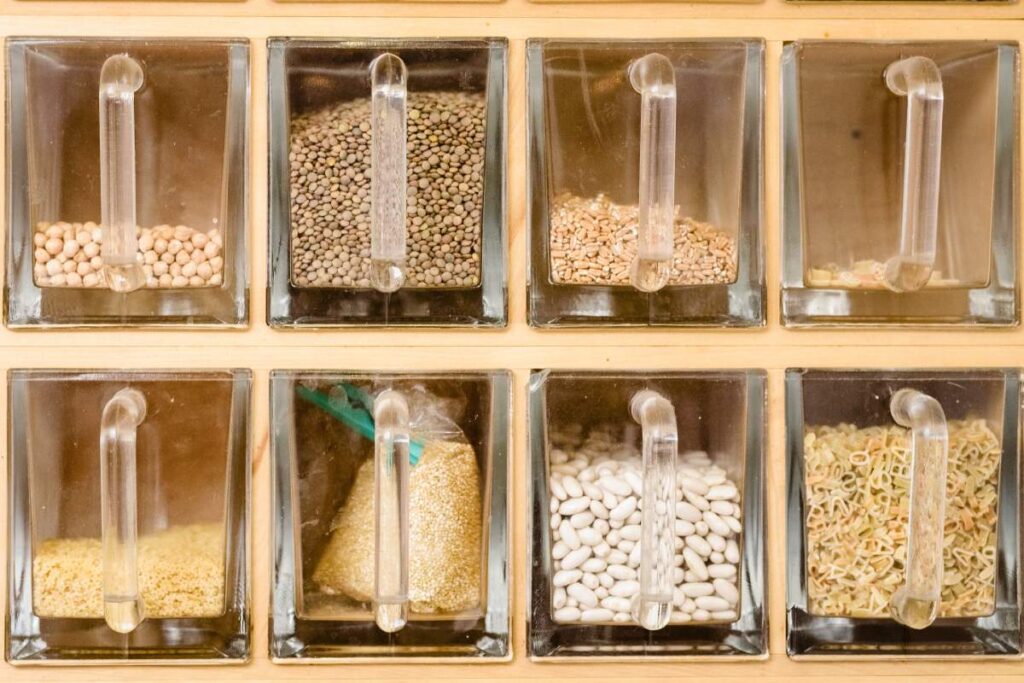
How Do You Know if Seeds Are Too Old?
Determining if seeds are too old involves assessing their viability, which means checking if they’re still capable of germinating. Here are some practical methods to find out if your seeds are past their prime:
This is the most reliable way to test seed viability. Here’s how you can do it:
- Gather Materials: You’ll need a damp paper towel, a plate or shallow dish, and your seeds.
- Prepare the Seeds: Place a few seeds (usually about 10) on the damp paper towel, then fold the towel over the seeds.
- Warm and Wait: Place the towel in a warm, bright area but out of direct sunlight. Keep the towel damp but not soaking wet.
- Check for Germination: After a week or two, check to see how many seeds have sprouted. If the majority of seeds have germinated, they’re still viable. If only a few or none have sprouted, the seeds may be too old.
2. Visual Inspection
Sometimes, seeds show signs of age before you even test them:
- Discolouration: Seeds that are old may change colour or develop spots. Fresh seeds usually have a uniform colour.
- Surface Cracks: Older seeds may have cracks or a dry, brittle texture on their surface.
- Mould or Fungus: If you see mould or fungal growth on the seeds, they’re likely no longer viable.
3. Float Test
This method is less precise but can give you a quick idea:
- Fill a Glass with Water: Place your seeds in a glass of water.
- Wait for 15-20 Minutes: Fresh seeds will generally sink to the bottom, while old seeds may float or stay suspended.
- Note: This test isn’t foolproof as some seeds can float even if they are viable. It’s best used in combination with other methods.
4. Check Seed Age
- Label and Record: If you’ve kept good records or labelled your seed containers, check the age of the seeds. Most seeds remain viable for a specific number of years. Knowing the type of seed and its typical storage life helps you assess its potential viability.
5. Seed Storage Conditions
Evaluate how the seeds have been stored:
- Temperature and Humidity: Seeds stored in unsuitable conditions (high humidity, fluctuating temperatures) tend to degrade faster.
- Container: If seeds were not stored in airtight or appropriate containers, they may have deteriorated more quickly.
What Happens if You Eat Old Seeds?
Eating seeds that are too old generally doesn’t pose a significant health risk, but there are a few considerations to keep in mind:
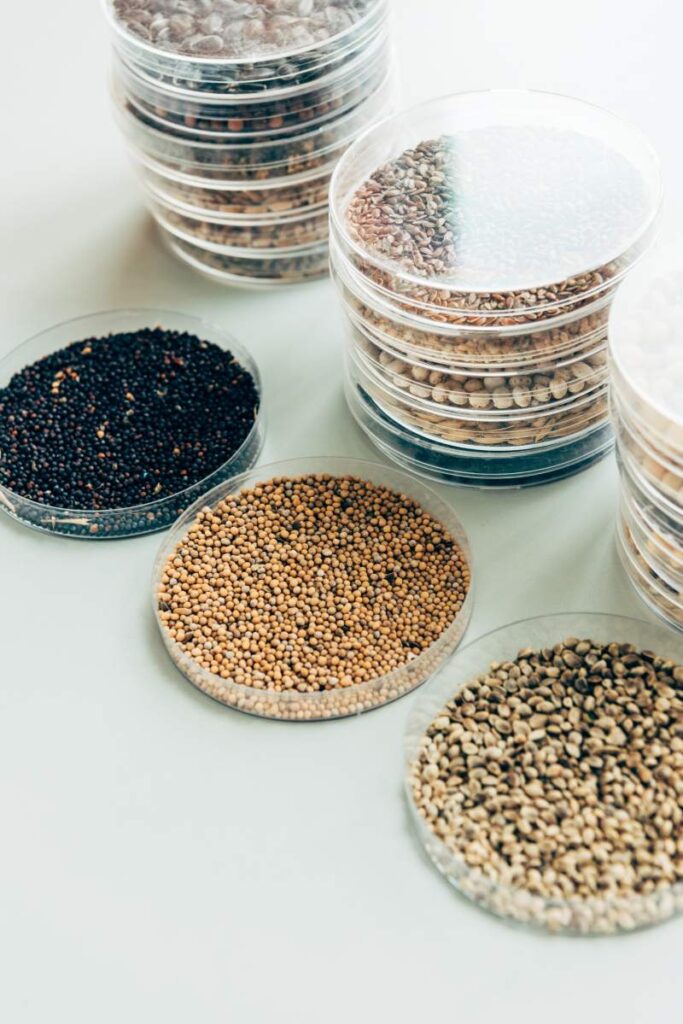
1. Nutritional Quality: Over time, the nutritional value of seeds can decline. Old seeds might not provide the same health benefits as fresh ones because their oils and nutrients can deteriorate. They may lose their flavour and texture as well.
2. Digestibility: As seeds age, they can become harder and less digestible. This could potentially lead to digestive discomfort if the seeds are consumed in large quantities. Hard, old seeds might be tougher for your digestive system to break down.
3. Potential for Mold or Spoilage: If seeds have been stored improperly and have developed mould or signs of spoilage, consuming them could be harmful. Moldy seeds might contain mycotoxins, which can cause gastrointestinal issues or other health problems. Always check for any signs of mould or off smells before eating seeds.
4. Pesticides or Chemicals: Old seeds, especially if they have been stored improperly, might have residual chemicals or pesticides. While this is less common, it’s something to be aware of if the seeds are from sources with questionable storage conditions.
5. Toxicity: Some seeds, especially those not meant for consumption (such as ornamental seeds or certain wild seeds), could be toxic. Ensure that the seeds you’re consuming are edible and safe for consumption, regardless of their age.
Best Practices:
- Inspect Seeds Before Eating: Look for any signs of mould, unusual odours, or changes in texture.
- Store Properly: To extend the shelf life and maintain safety, store seeds in cool, dry, and dark conditions.
- Consult Resources: If in doubt, refer to specific information about the seeds you’re consuming, especially if they are special or less common seeds.
While eating old seeds generally isn’t dangerous if they’re free from mould and spoilage, they might be less nutritious and harder to digest. Always ensure seeds are stored properly and are intended for consumption before eating them.
Conclusion
Adhering to the best practices for seed storage can greatly prolong the life of your seeds, boosting your gardening results. Keeping seeds in a cool, dry, and dark place preserves their quality and viability for future use. It’s crucial, though, to watch out for any signs that seeds are getting old or going bad, especially if you’re planning to eat them.
Aged seeds might not only lose their nutritional goodness but could also be tough to digest or even show mould. Testing seeds for germination and checking them before use is a smart move to sidestep any problems and fully benefit from your seeds.
So, whether you’re gearing up for the next planting wave or thinking about snacking on seeds, knowing their shelf life and condition is vital for smart and safe choices.
